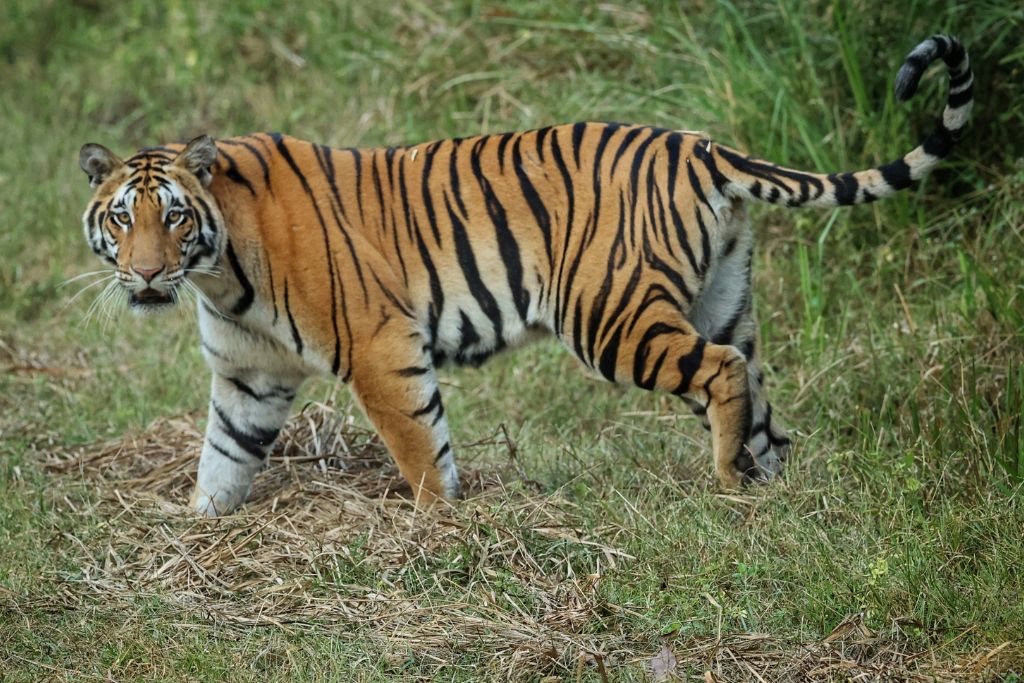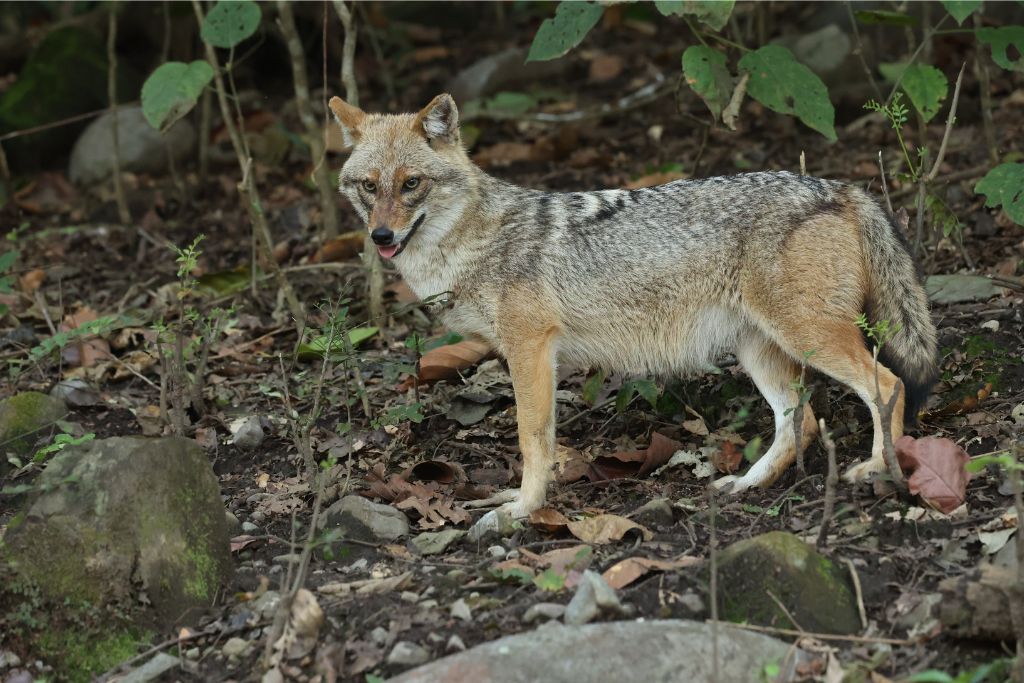
Stepping into the tiger’s reserve
Project Tiger was initiated in 1973 at Corbett Tiger Reserve with the primary aim of safeguarding and fostering the tiger species. On this International Tiger Day on July 29, we join a safari jeep driver on one of his trips. He tells us what it’s like to live on the fringes of the forest and work in the reserve, and what tiger conservation means to him.
A safari jeep makes its way into Corbett Tiger Reserve for sightseeing. Most sightings happen in the early hours of the morning when the animals come out. Each jeep is allotted with a guide who briefs the tourists about the guidelines to follow in the forest.
Also Read | Sariska sets its natives on tiger’s trail
A tiger and tigress share a tender moment in their natural habitat as tourists in safari jeeps position their cameras for a quick click.
A powerful Bengal tiger announces its presence in the wild expanse of Jim Corbett National Park, which is named after the renowned India-born British hunter, tracker, naturalist and author who hunted a number of man-eating tigers in the country.
Also Read | What’s a tiger reserve without a safari?
The impact of tourism on wildlife has always been debatable. Ravi Kumar, a safari jeep driver at the reserve, says that while on one hand tourism brings in the funds for conservation, on the other it interferes with the habitat of the animals.
The tiger reserve has successfully implemented a core-buffer zone strategy wherein the core zone is completely devoid of any human activity while the buffer zone allows regulated human activity like the wildlife safaris.
Also Read | With no increase in tiger count, tribes continue to be relocated
In addition to taking eager tourists for tiger sightings, jeep drivers play a vital role in patrolling the area to prevent unauthorised intrusions into restricted zones. Ravi Kumar says it plays a big role in safeguarding the animals in the sanctuary.
Only local residents can be hired by the reserve as jeep drivers and guides. They then undergo training by the forest department. Ravi Kumar has been working in the reserve for a decade now.
Also Read | “India is the guru of tiger conservation”
An array of wildlife thrives in Jim Corbett National Park, illustrating the interconnectedness of all species in the ecosystem. Presence of the tiger is a sign of a healthy ecosystem. Here a golden jackal is spotted during the jungle safari.
The tiger census conducted in 2022 showed that the population of the big cat in India is 3,167 — the highest population of tigers in the wild across the world. Project Tiger was launched in 1973 by the then Prime Minister Indira Gandhi when the tiger population stood at an alarming 268 due to poaching and trophy hunting.
Also Read | ‘All large animals are facing increasing human pressure’
Ravi Kumar says he enjoys his job a lot as it allows him to meet new people every day and learn new things from each other.
A tiger disappears into the dense foliage, showcasing its camouflage skills, which are essential for survival in the wild. Tigers are solitary creatures and walk large areas in search of prey which is why most reserves need to be connected with wildlife corridors.
Despite all the efforts, tigers still remain an endangered species protected under the Wildlife (Protection) Act 1972. Though their population is rising, a declining forest cover continues to pose a threat to their survival.
All photographs credits AV Ranganathan.











